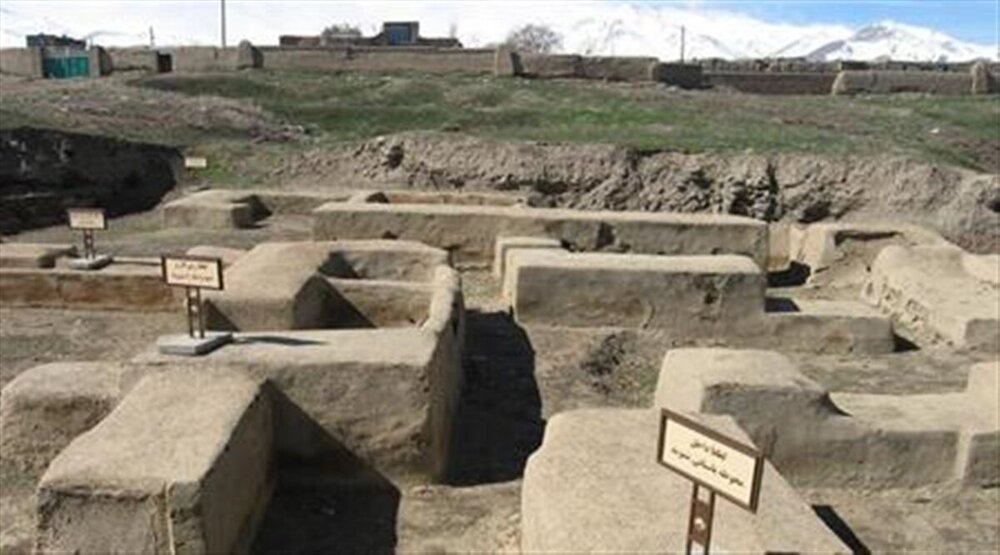Ecbatana, once summer capital of Achaemenid Empire, one step closer to UNESCO status

TEHRAN - Iran is further moving towards inscribing Ecbatana, which was once the summer capital of the Achaemenid Empire (ca. 550 – 330BC), on the UNESCO World Heritage list as the country has recently completed an all-inclusive dossier to be presented to the UN cultural body.
“The dossier on Hegmataneh (Ecbatana) has been finalized and is ready to be presented to UNESCO,” Governor-General of Hamedan province, Seyyed Saeid Shahrokhi, announced on Sunday.
The registration [as a World Heritage] would have a profound effect on the development and progress of Hamedan province, the official added.
The ruined Ecbatana, which is partly beneath the modern city of Hamedan (the capital city) in west-central Iran, is widely believed to be once a mysterious capital of Medes. According to ancient Greek writers, the city was founded in about 678 BC by Deioces, who was the first king of the Medes.
French Assyriologist Charles Fossey (1869 – 1946) directed the first excavation in Tepe Hegmateneh for six months in 1913. Erich Friedrich Schmidt (1897 – 1964), who was a German and American-naturalized archaeologist, took some aerial photos from Hamedan between 1935 and 1937.
According to the Greek historian Xenophon of Athens (c.430-c.355), Ecbatana became the summer residence of the Achaemenid kings. Their palace is described by the Greek historian Polybius of Megalopolis. He writes that the city was richer and more beautiful than all other cities in the world; although it had no wall, the palace, built on an artificial terrace, according to Livius, a website on ancient history written and maintained since 1996 by the Dutch historian Jona Lendering.
An inscription, unearthed in 2000, indications that Achaemenid king Artaxerxes II Mnemon (404-358) built a terrace with columns in Ecbatana. Some twelve kilometers southwest of Hamedan is Gandj Nameh, where Darius I and his son Xerxes had inscriptions cut into the rock.
Polybius, a Greek historian of the Hellenistic period noted for his work The Histories, tells that the builders used cedar and cypress wood, which was covered with silver and gold. The roof tiles, columns, and ceilings were plated with silver and gold. He adds that the palace was stripped of its precious metals in the invasion of the Macedonian king Alexander the Great and that the rest was seized during the reigns of Antigonus and Seleucus. Later, Ecbatana was one of the capitals of the Seleucid and the Parthian Empires, sometimes called Epiphaneia.
Ecbatana is deemed to be remaining a riddle, wrapped in a mystery, for decades or even centuries to come as the site of the ancient city lies partly within the modern city of Hamedan, which has never been excavated before.
AFM/

Leave a Comment